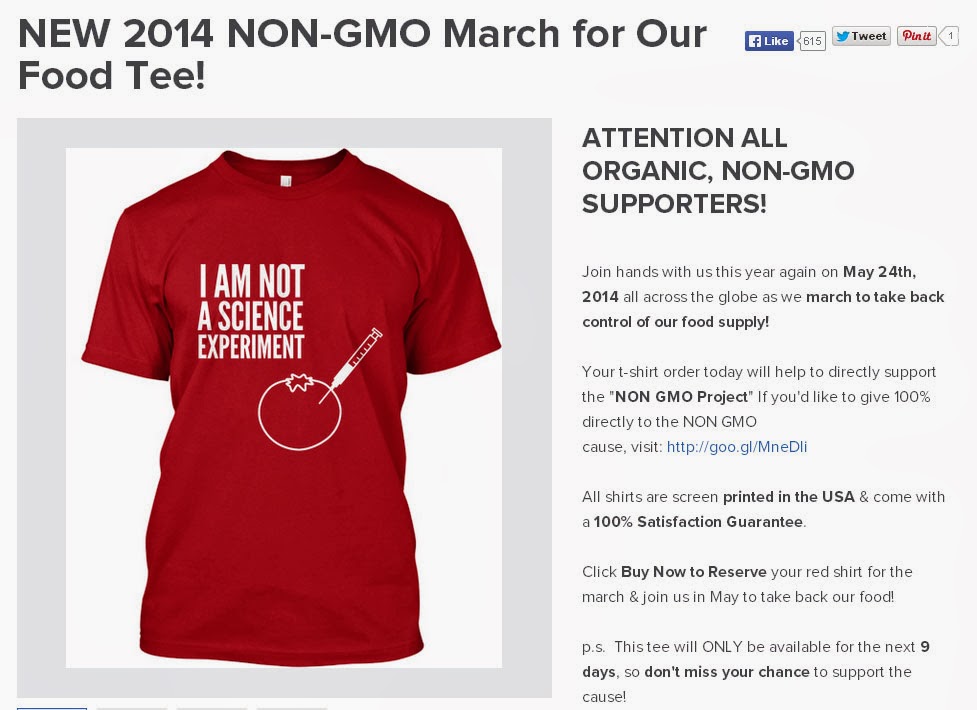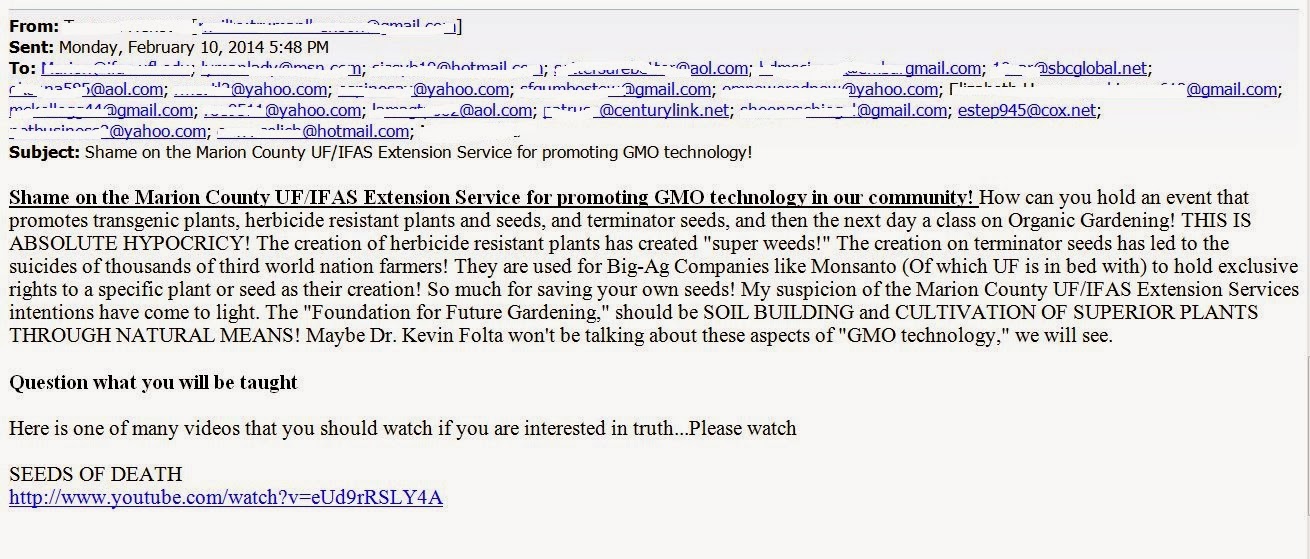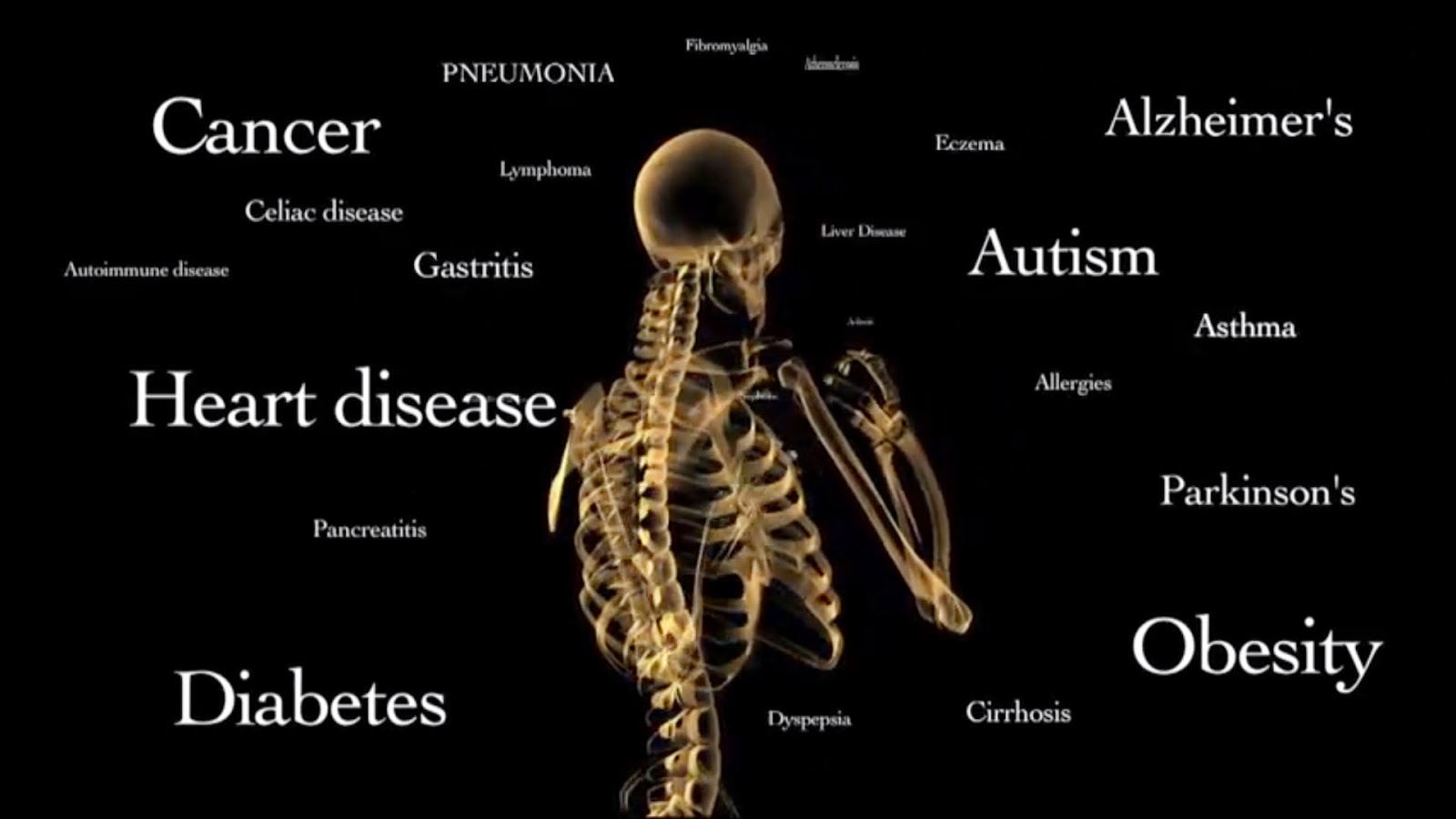Independent GMO Research Challenge!

Blocked from Science? One of the reasons I've survived as an academic scientist has been a tenacious drive to get things done. I'm not brilliant like my colleagues, but I work really hard and don't take 'no' for an answer. If there's a problem to solve, a hypothesis to test-- we figure out a way to do it. That's why it makes me crazy when people claim that they can't do experiments on GM foods. They claim independent researchers have been blocked from doing work in this area. Activists will have you believe that somehow their hands are tied and they are stopped from doing the work. I just don't understand. Want independent research? Do it. Don't whine about not being able to do it. If you are afraid to do it, or afraid to publish results, send them to me. I'll publish them for you and we'll split the Nobel Prize! But Isn't It Everywhere? Anti-GMO folks will tell you two things for sure. First,...



